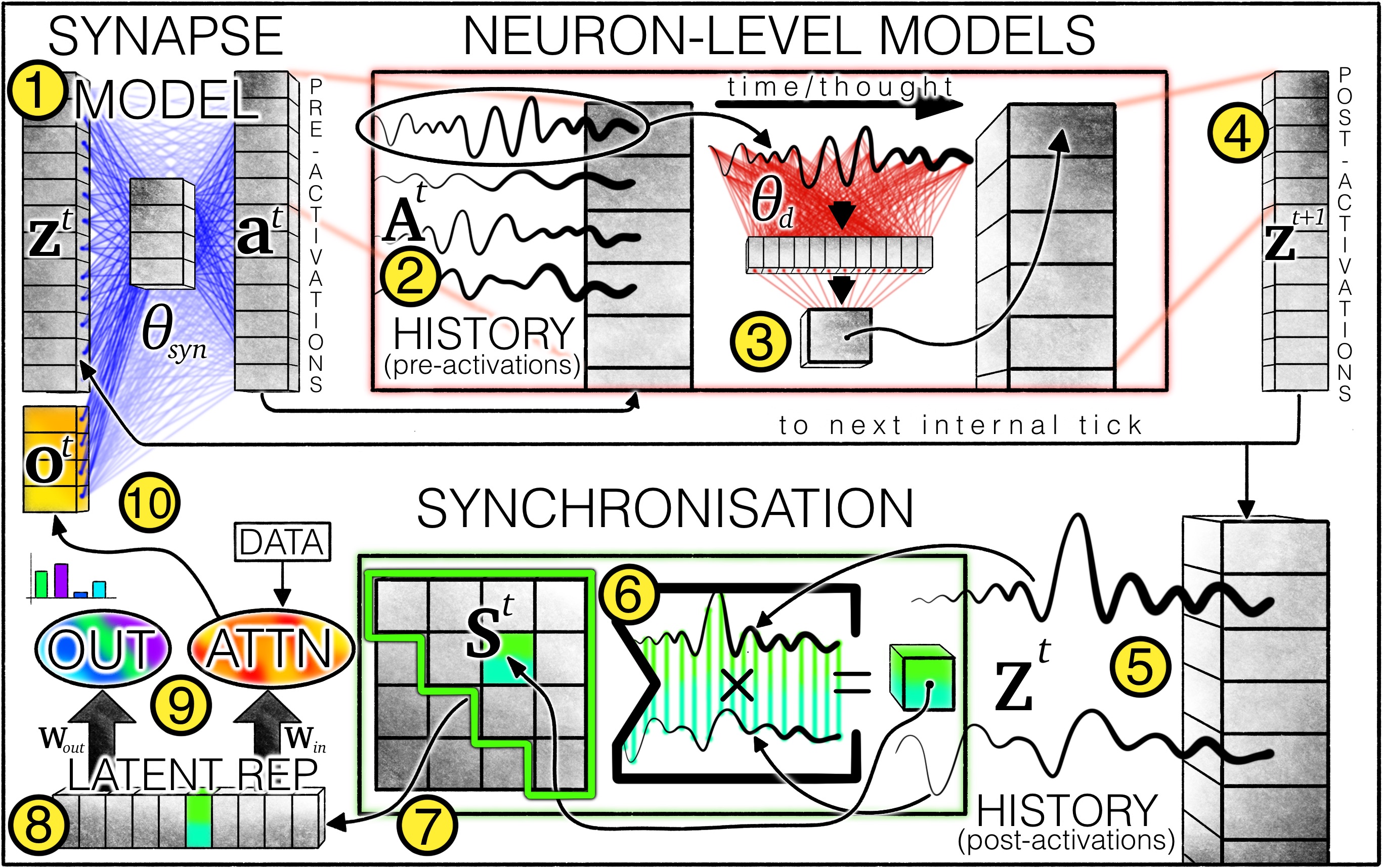
Why Your Network Service Needs a CDN: Understanding How CDNs Work
2024-06-03
In today's fast-paced world, having a fast and reliable web service such as a website or app has become a standard for business success. A Content Delivery Network (CDN) is a technology that can improve website performance and security by distributing content to multiple servers in different regions around the world, thereby reducing user wait times. Because users in different regions access information through the nearest server, this not only improves the user experience but also enhances SEO rankings, attracting more visitors. This article aims to provide a basic introduction to CDNs, giving readers an initial understanding of what CDNs can do, and further explaining the key points to consider when using CDN services.
What is a CDN?
A CDN operates through a distributed network of servers that replicate some of your web service resources, such as images, videos, or HTML/CSS files, and store them on these servers. When users access your service, the CDN directs them to the nearest server, thus reducing the distance and time for data transfer. One of the main advantages of using a CDN is that it can significantly reduce the load time of web services. By storing content on servers worldwide, CDNs ensure even distant users can quickly access this content without waiting for data to travel across the globe. For example, a Japanese video website can serve Taiwanese users from a server in Taiwan, and American users from a server in the USA, without needing to connect to the Japanese server. Additionally, CDNs can help distribute traffic during peak times, preventing a single server from failing due to sudden high traffic.
Key Benefits of CDNs
- Increased Speed and Reliability: As mentioned above, improving service speed and reliability is the main benefit of CDNs. Services with and without CDNs show a significant difference in these areas.
- Enhanced Security: Because of the CDN structure, the original files exist only on the origin server, while regional servers (Edge Servers) access files independently. This setup effectively protects original files from hacker attacks and blocks DDoS attacks.
- Cost Savings: CDNs are large-scale services that are already optimized for cost. Under the same conditions, they save considerable costs compared to setting up your servers. Additionally, most CDNs charge based on bandwidth usage. Utilizing features like BlendVision's PTE (*) technology to optimize video file size can further reduce costs.
- SEO Benefits: For a website to improve its local SEO ranking, factors like response speed are crucial. Since Google and other crawlers consider these factors, having a local source for quick access is vital. CDNs can significantly improve a website's response time, benefiting SEO.
Optimizing CDN Configuration
In addition to the mentioned benefits, further adjustments to CDN configurations can yield additional advantages or meet special needs.
- Reliability Optimization: Although each CDN provider has global services, there are differences in speed and node numbers across regions. Selecting different CDN providers based on traffic characteristics can enhance overall stability. In some cases, consider using multiple CDN providers in the same region for high reliability.
- Price Optimization: Each CDN provider has different prices for different regions and offers discounts based on usage. When choosing a CDN provider, consider price alongside reliability.
- Special Needs Consideration: Some web services may have special needs, such as not counting user traffic against their data plans (Zero Rating). This may require dedicated CDN servers, necessitating consultation with CDN providers as part of the overall setup.
Can My Service Function Without a CDN?
Generally, we do not recommend forgoing a CDN. Beyond missing out on the benefits, modern web services may face two severe issues:
- Increased Costs: Since CDNs are optimized for cost, achieving the same transfer speed and quality with your servers would be significantly more expensive.
- Service Speed Below User Expectations: Major web services worldwide use CDNs, so users are accustomed to CDN speeds. Without a CDN, service speed may fall short of user expectations, leading to user loss.
Conclusion: Turning CDN Strategy into a Competitive Edge
By effectively utilizing a CDN, you can not only enhance web service performance but also save cost, optimize user experience, and gain a competitive edge in the market. BlendVision’s PTE (*) technology can optimize video size, thereby improving overall CDN efficiency. Additionally, BlendVision offers affordable CDN prices and professional consulting services to meet all complex CDN configuration needs. Even if you are not a CDN expert, you can fully leverage the advantages of CDNs and effectively control costs with our assistance.
(*) Perceptual-Streaming-Engine(PTE) is a technology that optimizes compression by analyzing video content and customizing it for each video. For more details, you may click this link.
LET'S TALK!
Interested in a demo, free trial, or pricing? Fill out the form, and one of our consultants will get in touch to assist you.
Related Articles

Empowering SI Partners with Seamless API Integration and AI Video Analysis: The BlendVision Advantage
BlendVision enables SI partners with developer-friendly APIs, AI video analysis, and secure VOD/DRM tools. Build faster, smarter B2B SaaS solutions with BlendVision.

CTM vs GPT: A New Chapter in AI and What It Means for the Future of Enterprise SaaS
Discover how Sakana AI’s CTM (Composable Thought Model) compares to GPT and why it could redefine modular AI for enterprise SaaS platforms. Learn what it means for your business.

Why Enterprises Need Stronger DRM: A Deep Dive into Content Protection with BlendVision
Learn what DRM is, why Indian enterprises need it, and how BlendVision’s multi-DRM solution protects video content across platforms. From edtech to OTT, discover the smart way to prevent piracy.

